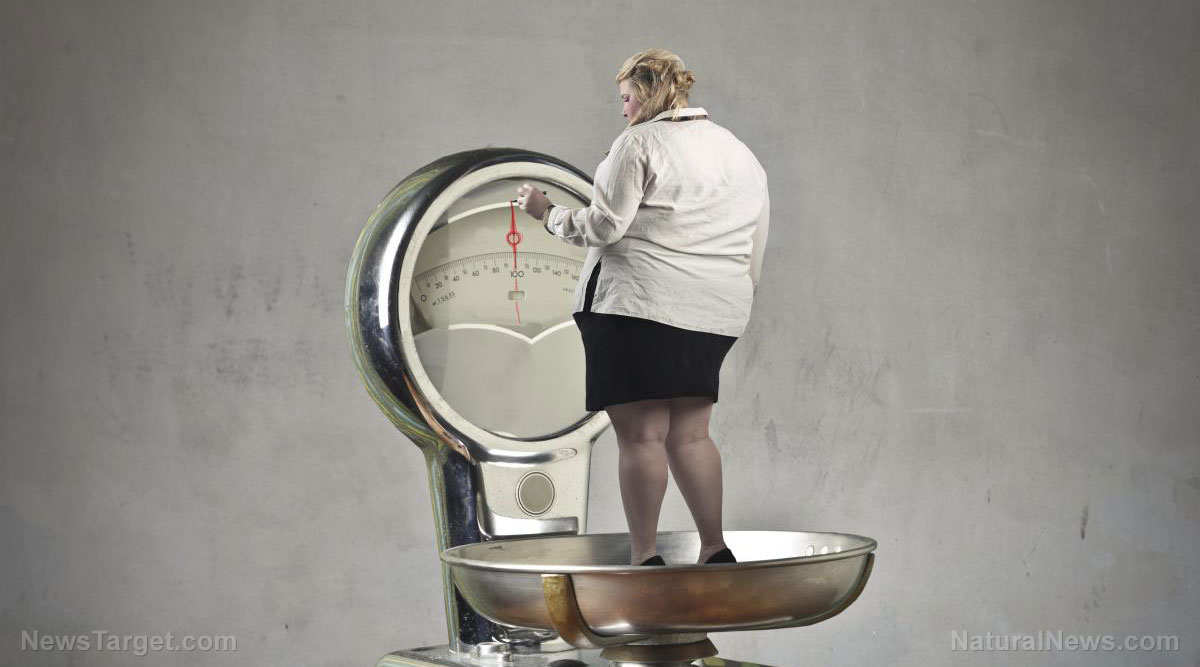Young children exposed to indoor air pollution or cigarette smoke found to have increased risk of respiratory sickness
09/20/2018 / By Jessica Dolores

There are two things in the air that people know to be harmful: air pollution and tobacco smoke. While the particular dangers that each bring are well-documented, the same can’t be said on how both affect expectant mothers and their newborn. These risks were the focus of a study made by the University of Cape Town and Stellenbosch University in South Africa and the University of Queensland in Australia. The study, which appeared on The Lancet Planetary Health, revealed that newborn infants exposed to indoor air pollution and tobacco smoke were more likely to develop lower respiratory tract infections and wheezing.
The longitudinal birth cohort study, conducted on mothers and infants in Paarl, South Africa, also revealed that newborns who were exposed to smoke before they were born – either from their mothers or a family member – also had an increased risk of wheezing.
Lower respiratory tract infections (LRTIs) refer to infections below the level of the larynx. These may include conditions such as bronchiolitis, bronchitis, and pneumonia, and signs and symptoms vary by age, disease causative agent, and site of infection.
There are two leading causes of LRTIs: viruses and bacteria. Viral infections account for around 40 percent of hospitalized pneumonia cases, and primary agents include influenza A, respiratory syncytial virus (RSV), human metapneumovirus (hMPV), and the varicella-zoster virus (VZV) – commonly referred to as chickenpox. Bacterial infections, on the other hand, are responsible for over 60 percent of hospital trips because of pneumonia, with most cases traced to the Streptococcus pneumoniae bacterium.
In newborns, LRTI symptoms include the following:
- Grunting
- Poor feeding
- Irritability or lethargy (the lack of energy)
- Tachypnoea (abnormally rapid breathing)
- Fever
- Cyanosis (bluish skin) in severe cases
- Coughing (this is unusual for infants)
In particular, incidences of lower respiratory tract infections were examined in the study since it is the leading cause of mortality of children under five years in low- and middle-income countries. The same conditions were true in Africa, where the study was conducted.
For the study, researchers looked at 1,137 mothers with 1,143 live births. The infants were observed during their first year of life. To measure for indoor air pollution, the team installed devices that record certain compounds present in air pollution. This included particulate matter (PM), nitrogen dioxide, sulfur dioxide, carbon monoxide, and volatile organic compounds benzene and toluene. Measurements were done before and after the baby was born. (Related: Indoor Air Pollution is a Serious Threat to Your Health.)
Based on the results, of the 1,065 babies who went to at least one study visit, 524 newborns experienced LRTI in their first year. This was linked to exposure to maternal smoking or particulate matter before they were born.
“The antenatal developmental factors increased the susceptibility to LRTI more than postnatal exposure did, particularly in the first months of life,” the researchers explained.
Moreover, cases of LRTI that needed hospitalization and supplemental oxygen was associated with toluene exposure before birth. Of this association, researchers identified it to be a novel finding, as toluene is a chemical present in many household products used in low- and middle-income countries.
In addition, maternal smoking and passive smoke exposure were also linked to cases of wheezing. Infants who showed wheezing symptoms had mothers who smoked before and after they gave birth. Wheezing in babies was also connected to the mothers’ exposure to passive smoking.
With these results, the researchers suggest identifying household products that may contain potential indoor air pollutants and removing them to prevent further exposure. Improving ventilation is can also be a useful strategy to improve the health of newborns. However, further studies are required to determine how long-term exposure to both indoor air pollutants and smoking can affect respiratory health in low- and middle-income countries.
Sources include:
Tagged Under: babies, carbon monoxide, children, Infants, lower respiratory tract infections, lung health, newborns, nitrogen dioxide, particulate matter, passive smoking, research, respiratory health, science, secondhand smoke, smoking, sulfur dioxide, tobacco smoke, volatile organic compounds, wheezing



















